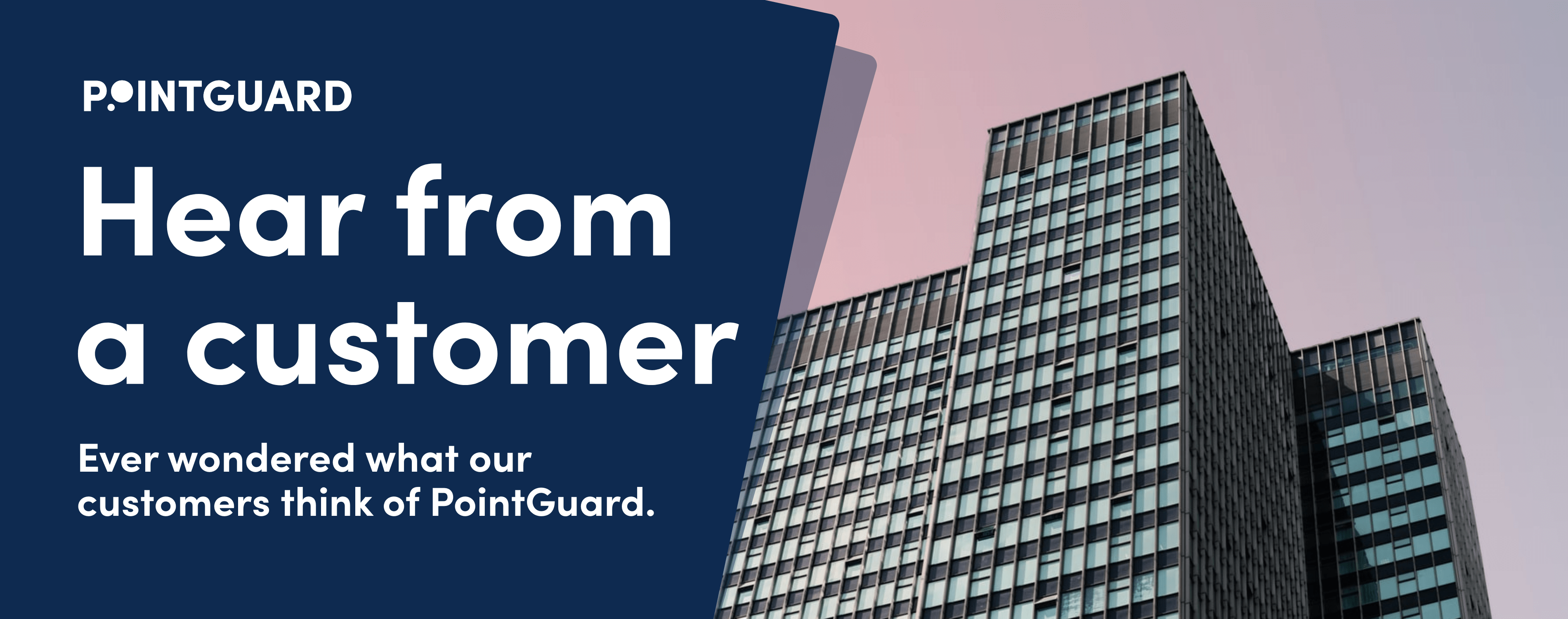Recently, we announced the launch of PointGuard, the rebranded analytics arm of our parent company, Abundant Power. Sit down with our CEO, Shannon Smith, and get to know a little bit more about the company, our rebrand, and our goals for 2019 and beyond.
Q: Abundant Power has been around for a while. What led the rebrand to PointGuard? Abundant Power started in 2009 as a specialty finance firm for funding energy projects. Through that endeavor, the company was looking to find transparency and business case data for those projects, which lead to the creation and development of an analytics platform in 2015. That platform allowed us to capture BMS data and use our customized algorithms to turn it into meaningful information for facility teams, mechanical controls contractors, building portfolio owners and more.
As the platform became more robust over the years, we needed to find a name that was more relevant to the market and to the customers we serve. PointGuard captures several meanings, but—most importantly—conveys that by using data points, our algorithms walk the building looking for problems that need attention. We guard buildings against poor performance.
Q: Building management systems are often overlooked as data tools. How is PointGuard changing the way that we look at building data? There is so much data available from our buildings and we found that it just wasn’t being used to its fullest potential—if it was being gathered at all. We use that BMS data and our customized algorithms to look for problems that need attention—to help our customers see optimized comfort, longer asset life, and lower the operating and capital costs.
A simple, yet powerful example is a property we helped decrease energy usage by 37 percent and improve comfort for the building’s tenants. In that case, we were able to use PointGuard’s custom algorithms to identify zones where primary air dampers were loose or stuck, thus providing excessive or insufficient airflow. These were unusual indirect temperature settings that resulted in unhappy colleagues and a design flaw where some exterior zones were not heated at all. Only precise, clearly prioritized information makes a difference like this in a building. This is what our software can do – it does not waste your time.
We are also bringing in operational data, historical and real time, to help inform capital budgeting decisions. So much information used by building owners and asset managers is dated and based on rules of thumb or vendor recommendations. We think condition-based asset replacement can play a bigger role in budgeting processes. Even if we get 30% of capital expenditures dialed in, we are talking billions of dollars saved or differed.
Q: You introduced the Comfort Test earlier this year, what is that? We wanted to give building teams a chance to understand the potential of using analytics by letting them see how their portfolios were or were not providing comfort to the buildings’ occupants. It is a simple test that costs only $1K. The Comfort Test gives anyone a tool to advocate for more technology in building management within their organization.
Q: How does PointGuard drive value for property managers and their buildings? Our mission, if you will, is to help property managers, mechanical controls contractors—anyone who can benefit from BMS data—weaponize that data to dramatically improve comfort, asset life, and expense control of any portfolio. We are able to go in, take BMS data and make it useful. We help keep buildings in their highest-use state, while providing an understanding of the physical building that previously wasn’t available. We capture the impact on operational costs, comfort, and capital spending. Payback is less than one year and impact on ROI is immediate.
Q: What does 2019 look like for PointGuard? Industry experts are predicting that there will be a shift among enterprise leaders and we will begin to see more engagement with data and analytics in 2019 and the years to come. This really excites us at PointGuard. We believe nothing good happens in building performance unless it saves money and you know exactly what to do, and we’re ready to help make that the reality for more buildings in the coming year.
We see more partners and more growth. We also plan to drive our software towards providing more tools for understanding asset performance and customizing building comfort. We also hope to be able to deliver a solution for buildings without major controls.












